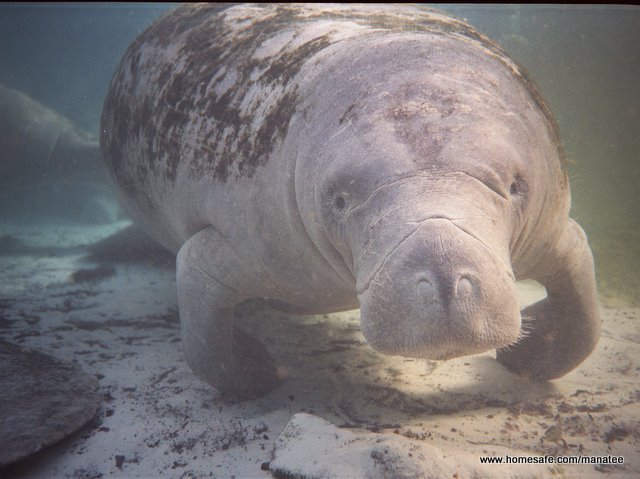Humans are a fun-loving species.
We’re born to mock. It’s in our DNA.We can even laugh when the joke’s on us, though of course, it’s always funnier when someone else slips on the banana peel.
A certain school of humor is rooted in humankind’s blithe self-assurance, as evidenced in the frequent Internet “Fixed It!” mailings, which feature hilarious photos from the duct tape and paper-clip school of do-it-yourself repair.
But when the leak to be repaired is a mile deep under turbulent seawater, the logistics are a bit daunting.
Today is May Day, a date synonymous with danger, and in the Gulf of Mexico another 200,000 gallons of oil will seep out into the water from the wreckage of the British Petroleum oil drilling facility Deepwater Horizon, which exploded on April 20. Another day, another environmental disaster.
When I first heard the expression “It’s Earth’s immune system kicking in,” it was spoken by Kurt Vonnegut, appearing as a guest on “The Daily Show”. He was talking about global warming. At the time I thought the legendary satirist had coined the phrase, but since then I’ve learned that author/environmental visionary Paul Hawken popularized the phrase in his 2008 book, “The Eleventh Hour.” The phrase exemplifies the human inclination to try to make a joke out of unpleasant facts.
Even the most obstinate ostrich can’t fail to have noticed the earthquakes, hurricanes, floods, tornadoes, volcanoes, even, which seem to be getting bigger, deadlier and more frequent each year. Whether you view these events as part of the normal give-and-take of the natural world, or as the inevitable consequence of human impact on the environment, or the wrath of the god of your choice, it’s getting harder to avoid acknowledging what Al Gore in his landmark book called “An Inconvenient Truth.”
This planet is in need of a fix. And duct tape ain’t going to cut it.
The current crisis in the Gulf of Mexico, where 200,000 gallons a day continue to leak into the sea, is a case in point. BP has admitted it has no system in place for dealing with such an accident. They had a cut-off valve. That’s broken. Now what?
Now, thousands of dolphins, pelicans, shrimp, herons, crabs and sea turtles are in grave danger. Now, millions of people in Louisiana, Alabama, Mississippi, and Florida who depend on the Gulf for their jobs face yet another hardship in this difficult recession.
At this time there is no solution in sight. The oil will continue to leak and could do so for months, which would put the Deepwater event in the running for the worst oil spill in history — far worse than the headline-grabbing Exxon Valdez accident in 1989. The Valdez spilled a paltry 10.8 million gallons of oil into the Alaskan sea, and killed thousands of birds and fish, along with 2,800 sea otters. Exxon rushed to blame the drunken captain, who was eventually fined $50,000 and given 1,000 hours of community service. Doesn’t that make you feel better? No? How about this: Exxon has been fighting in court ever since to avoid paying any fines or clean-up costs. No doubt they’re counting pennies like the rest of us. Yesterday they reported only a 38 percent profit jump as oil prices leapt in response to the Deepwater mess.
Humans forgive and forget it seems. Few people remember the Bay of Campeche, Mexico, where in June of 1979 the Ixtol 1 leaked 140 million gallons of oil over the course of a year. And even it wasn’t number one on the Spill Spectacular List. That singular dishonor belongs to the June 1991 Persian Gulf War crime in Kuwait, when Saddam Hussein ordered his soldiers to dump 520 million gallons of crude in the sea rather than surrender it to US troops.
But of course, we weren’t fighting for oil. Then.
The pressure to drill in ever more dangerous and environmentally sensitive locations never stops. As recently as last month President Obama agreed to open previously off-limits areas in the Atlantic, Alaskan waters, and the eastern areas of the Gulf of Mexico. If there’s any tarnished silver lining to this whole Deepwater fiasco it’s that Obama has reversed his decision. For now.
But we all know the pressure will build again. An election will up the ante. Slogan slingers will reload and fire away.
And we, the people, will watch the oil sludge pile up our beaches. When it does, we’ll make jokes about it. Because that’s what we do.
Exit, laughing.










